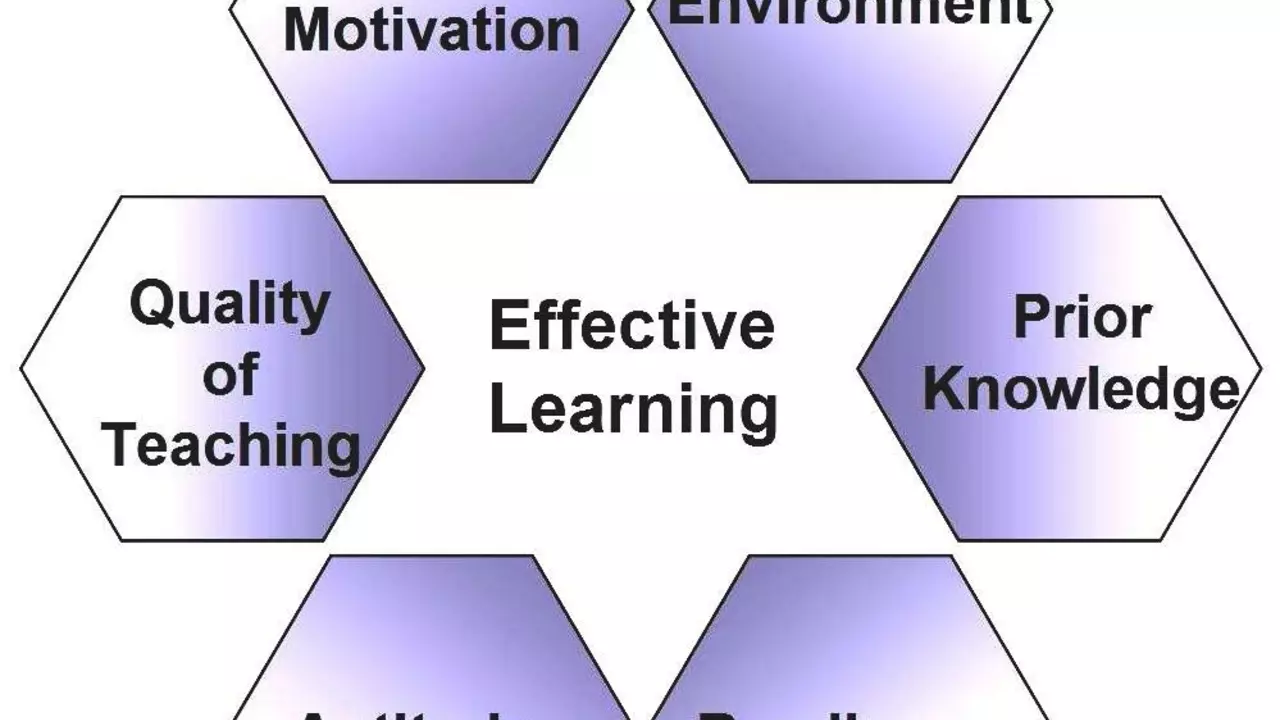Beginners Guide to Swimming in Wyre Forest
Want to feel comfortable in the water without hours of frustration? You’re in the right spot. This guide breaks down the first steps, the gear you really need, and easy drills to get you moving. No jargon, just clear advice you can use at the local pool or the River Stour.
Essential Gear and Safety
First thing – you don’t need a rack of equipment to start. A good pair of goggles that fit snugly and don’t leak will make you love the water faster. Look for silicone seals; they stay in place even if you move a lot.
A swim cap isn’t mandatory, but it helps keep hair out of your face and reduces drag. If you’re swimming outdoors, a chlorine‑resistant cap works best.
Safety comes before speed. Always check the water depth and know where the ladder or steps are. If you’re at a public pool, stay in the shallow end until you’re confident about your breathing pattern.
Consider a buddy system, especially if you’re trying open‑water spots around Wyre Forest. Having someone watch you means you can focus on technique instead of worrying about accidents.
First Strokes and Practice Plans
Start with the basic freestyle breathing. Put your face in the water, blow bubbles out through your nose, then turn your head to the side to take a quick breath. Practice this on the pool edge first – it builds muscle memory without the fear of sinking.
Next, work on the kick. Hold onto the pool wall or a kickboard and push off with straight legs, keeping a slight bend at the knees. Aim for small, fast kicks rather than big splashes; that’s how swimmers stay efficient.
Combine the two: a 25‑meter length where you focus on breathing every three strokes, then rest. Repeat three times. As you improve, add a simple arm pull – pull the water straight back, elbows high, and feel the pull on each side.
Don’t ignore the other three strokes. Knowing backstroke and breaststroke basics helps you become a balanced swimmer and prevents injuries. For beginners, a short backstroke drill (glide on your back, gentle arm circles) builds confidence in a supine position.
Schedule matters. Aim for two short sessions a week, 30 minutes each, rather than one long grind. Consistency beats intensity when you’re just starting.
Finally, keep a quick log. Jot down the distance you swam, how many breaths you took, and any trouble spots. After a few weeks you’ll see patterns and know exactly what to focus on next.
With the right gear, simple safety steps, and a clear practice plan, you’ll move from hesitant paddler to confident swimmer faster than you think. The water in Wyre Forest is waiting – go on, give it a try.
